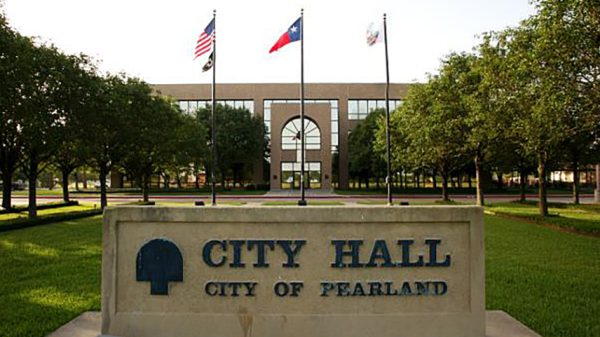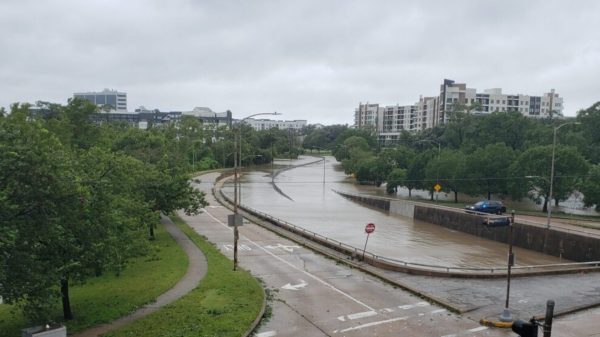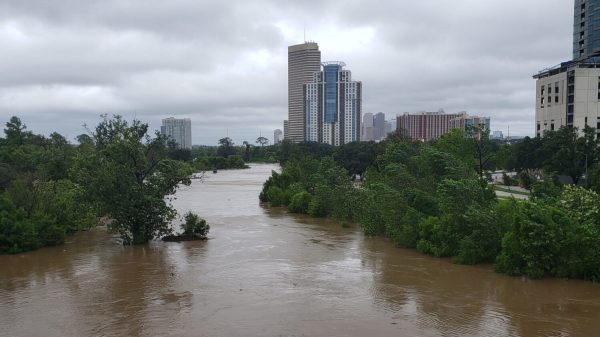
Hawai’i Volcanoes National Park
Located on Hawaii’s Big Island, this unique national park showcases two of the world’s most active volcanoes: Kilauea and Mauna Loa.
Native Hawaiians consider this area the sacred home of Pele, the volcano goddess.
The park also contains seven distinct ecological zones, from tropical rainforest receiving 140 inches of rain to arid desert getting just 35 inches yearly.
Here are some of our favorite parts of visiting Hawai’i Volcanoes National Park, from walking inside lava tubes to checking out over 23,000 ancient petroglyphs.

Hike the Kilauea Iki Trail
This 4-mile loop takes you through a rainforest and across a crater where lava reached over 2,000°F in 1959. The trail starts at Kilauea Iki Overlook and drops 400 feet through a forest of native ohia trees. Look for bright red ‘apapane birds feeding on lehua blossoms.
Steam still rises from ground cracks as you walk the crater floor, which once held lava 400 feet deep. Go between 7-9 AM when temperatures stay below 70°F and visibility is best. The hike takes 2-3 hours, and you’ll find 15 educational signs along the way.

Explore the Thurston Lava Tube
Step into Nahuku, a 500-year-old lava cave where molten rock once flowed at 1,600°F. This 600-foot tube features smooth walls polished by ancient lava flows, with ceilings reaching 20 feet high.
Look for unique “lavacicles” hanging from the roof. Rare hāpu’u tree ferns growing up to 35 feet tall thrive at both entrances. Motion-sensor lights illuminate your way, but bring a flashlight to spot hidden features.

Drive the Chain of Craters Road
This 19-mile route drops 3,700 feet from the crater rim to coast, passing through zones where rainfall varies from 120 to 35 inches yearly. You’ll see lava flows from 1969 to 2003, including smooth pāhoehoe and jagged ‘a’ā formations.
The drive ends at the 90-foot Holei Sea Arch. Watch for endangered Nene geese, of which only 2,500 remain in the wild. At Pu’u Loa, explore over 23,000 petroglyphs dating back to 1200 AD. Allow 2-3 hours to stop at all 15 viewing points.

Walk Through the Devastation Trail
This 1-mile paved loop crosses ground buried under 28 feet of cinders by the 1959 eruption. Cinder cones tower 50 feet overhead while native ‘ōhi’a trees pioneer their way back, their red lehua blossoms bright against black soil.
The wheelchair-accessible trail includes 10 stations explaining volcanic impacts and ecosystem recovery. Watch hardy native plants reclaim this stark landscape, demonstrating nature’s resilience after volcanic destruction.

Witness the Night Glow at Halema’uma’u Crater
Watch the lava lake’s glow illuminate the night sky, with crater temperatures reaching 2,200°F. The orange reflection creates a natural light show visible for miles, a spectacle that’s drawn visitors since 1916.
Rangers share volcano stories at Kīlauea Overlook during evening programs. The show becomes more dramatic on cloudy nights when the glow reflects off the clouds. Evening temperatures drop significantly, so bring warm layers.

Discover Native Plants at the Kipukapuaulu Trail
This 1.2-mile “Bird Park” loop showcases over 100 native plant species in an ancient forest island surrounded by lava flows. Here, endangered hāpu’u tree ferns reach 40 feet high, while yellow-blossomed māmane trees feed native honeycreepers.

Experience Ha’akulamanu (Sulphur Banks)
Ground temperatures here reach 200°F, creating a landscape of steam vents and colorful minerals. Sulfur dioxide transforms the rocks into brilliant yellows and reds, with crystals growing up to 3 inches yearly.
The wheelchair-accessible boardwalk protects these delicate formations. From 7 to 10 AM, you get the clearest views before the afternoon heat intensifies the steam. The air quality is best at this time when trade winds help clear the volcanic gases.

Camp at Nāmakanipaio Campground
Sleep at 4,000 feet elevation among 100-foot koa trees and ancient ‘ōhi’a forests. Daily temperatures swing from 80°F to 40°F, creating one of Hawaii’s best stargazing spots. Rangers lead evening programs about geology and traditional Hawaiian star navigation.
The campground provides a perfect base for exploring the park’s diverse environments. Each campsite includes picnic tables and access to basic facilities.

Attend Traditional Cultural Demonstrations
Master practitioners share ancient Hawaiian skills passed down through generations. Daily 45-minute demonstrations include lei-making with native plants, kapa (bark cloth) beating with traditional tools, and music played on instruments crafted from local materials.

Tour the Kahuku Unit
This 116,000-acre section preserves landscapes shaped by Mauna Loa’s massive 1868 eruption. Historic ranching sites from the 1860s dot the terrain, while native forests shelter endangered Hawaiian birds.
The unit offers a quieter experience away from main crater crowds. Trails cross various lava flows and grasslands, showcasing how the landscape changes with each eruption.
Remember to check the Visitor Emergency Operations Center’s daily updates on volcanic activity, air quality, and trail conditions.
The post This National Park Keeps Getting Bigger as Hawaiian Volcanoes Pour Molten Lava Into the Pacific appeared first on When In Your State.




![Tyson Foods Plant [Photo: Food Manufacturing]](https://southarkansassun.com/wp-content/uploads/2023/08/iStock_1185520857__1_.5e441daa51cca-600x337.jpg)







![Silverado Senior Living Management Inc. [Photo: Los Angeles Times]](https://southarkansassun.com/wp-content/uploads/2023/10/download-6-4-600x337.jpg)

![China's Wuhan Institute of Virology [Photo: Nature]](https://southarkansassun.com/wp-content/uploads/2023/09/d41586-021-01529-3_19239608-600x337.jpg)
















